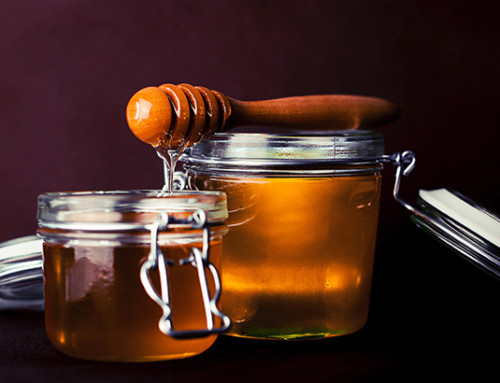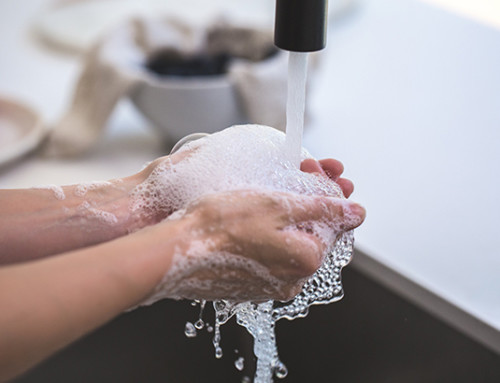The U.S. Geological Survey is fantastic resource for water quality information, definitions, experiments and data. We look to their extensive knowledge base when it comes to water quality properties. USGS defines water quality as “a measure of the suitability of water for a particular use based on selected physical, chemical, and biological characteristics.”
Based on the USGS definition of water quality, we think this could be the start to a great science fair project. If you live near multiple water sources, this is the project for you. Testing and experimenting with water from a variety of sources to determine its best use can be fun and beneficial for those interested in water quality.
Using our test strips, you can test pH, water hardness, chlorine and nitrate levels of various water sources. Let’s get started!
Materials
- pH 1-14 test strips
- Chlorine 0-5ppm test strips
- Nitrate test strips
- Water hardness test strips
- Various water sources
- Beakers or cups
- Distilled water
- Laboratory notebook
Procedure
- Let’s start by testing a couple of readily available sources of water: tap water and distilled water. Fill a cup or beaker with tap water from the sink.
- First, dip the pH test strip into the water, remove and compare to the color chart immediately. Record the results in your laboratory notebook.
- Next, dip a Chlorine test strip into the water, moving back and forth 2 times per second for 5 seconds. Remove and compare to the color chart immediately. Record the results in your laboratory notebook.
- Next, dip a Nitrate test strip into the water for 2-3 seconds, remove and shake off excess liquid. After 1 minute, compare the test pad to the color chart and record your results.
- Lastly, dip a Water Hardness test strip into the water, remove and compare to the color chart immediately. Record your results.
- Now, you’ll move on to other water sources. Fill a cup or beaker with distilled water and repeat steps 2-5.
- Next, try testing other water sources, such as well water, a river, lake, reservoir or stream. Repeat steps 2-5 for each water source.
- If you want to add additional testing parameters, try using our Phosphate test strip or a narrow range pH strip.
Review your results across the various water sources. How do they compare? Pretend you don’t know what each source is, and you can only see the testing results. What would you say the best use is for each source based on the water properties? Are there other potential uses for each water source? What other water properties could you include in your experiment? Perhaps color or turbidity?
Tips
Some test strips will retain their color for some time and can be saved for your science fair project board. However, on other strips, the color will fade rather quickly. To be safe, take pictures of your test strip results.
Research your results, so you can better explain them. Try to find previous studies and testing done on the bodies of water you tested or speak with your local water treatment plant to learn about the tests they perform and results they achieve. This data will help back up your results.
As always, have fun and test on!







Leave A Comment